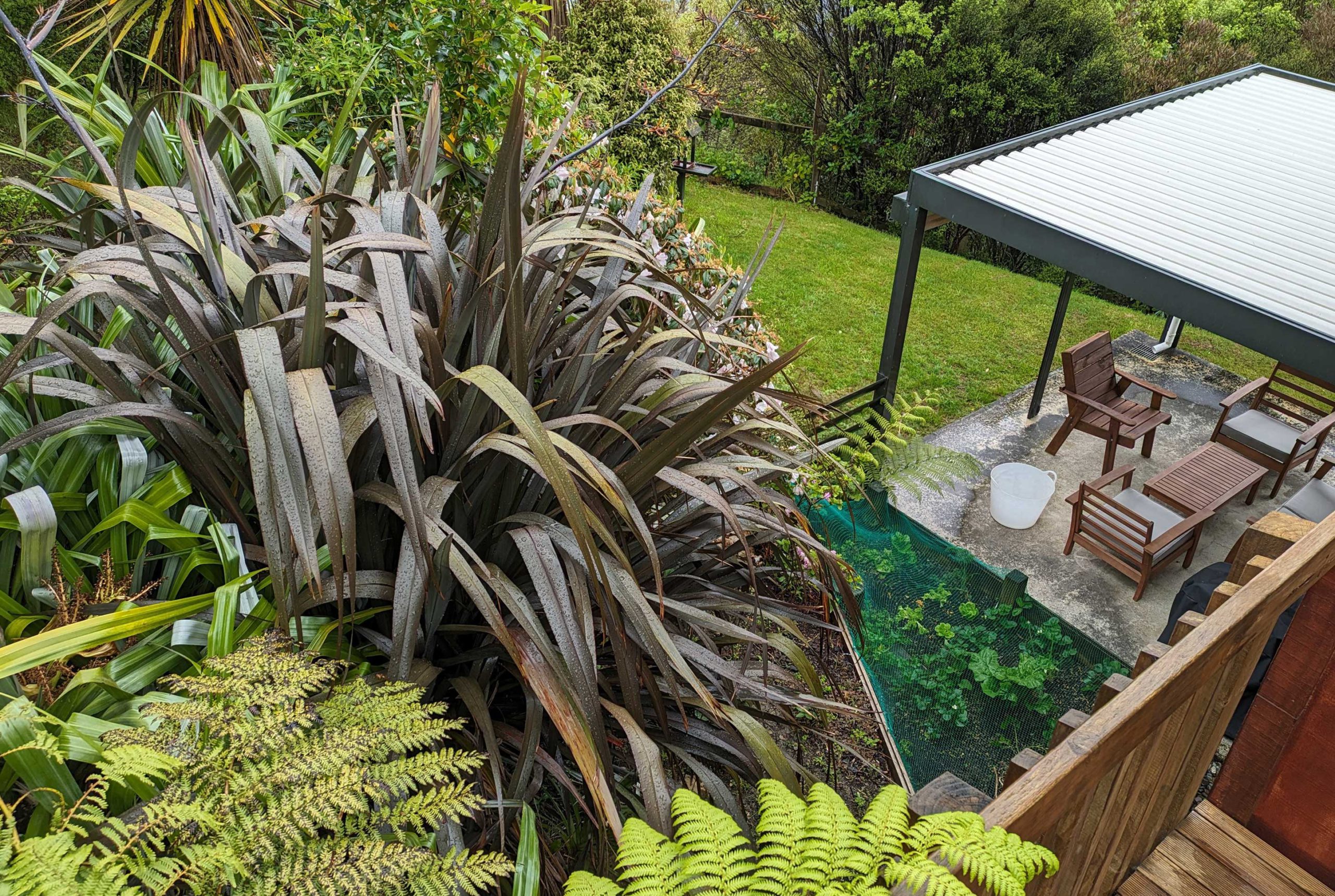Research shows that spending time surrounded by greenery is good for your physical and mental health. If you happen to have a garden of your own, you know what I mean—you can feel it the moment you put down your smartphone and step outside.
A garden provides a relaxing environment that lets you get in sync with nature and the eternal rhythms of growth, decay, and rebirth—with the bonus of being able to grow stuff you can eat! Owing to differences in geography, population density, and culture, gardens in Japan and New Zealand differ in a number of ways.
In Japan, traditional bonsai-inspired gardens are like living poetry—carefully organised, harmonious, and calming, like a tranquil Zen painting.
In New Zealand, it’s a different story. As in many things, Kiwis have a practical, “she’ll be right” approach to gardening. We don’t care so much for aesthetics or symmetry—we embrace the chaos of tomatoes wrestling with beets, of thyme and rosemary plants sprouting and rambling about like unkempt teenagers.
The weather plays a part, too. Cherry blossoms are cherished in Japan, where people have parties beneath pastel blooms to celebrate their fleeting beauty and—for a moment, in between sips of beer or saké—contemplate the poignancy of life.
We have cherry trees in New Zealand, too. But it’s so windy here in Wellington that the petals get blasted off the trees before you even have a chance to lay down a billowing picnic blanket.
Gardens in Japan famously change through the seasons. From the crisp tranquility of winter to the vibrant colours of autumn, there’s always something new to behold.
In Wellington, meanwhile, we can get ‘four seasons in one day’. Gardening here is a perpetual surprise party—one moment you’re in shorts and a T-shirt, the next you’re donning a woolly had and a raincoat.
But wherever you are—whether you’re cultivating tranquility in Osaka or embracing the chaos of Windy Wellington—one truth remains. Time spent in the garden is time well spent.


